Even if 100 percent of California were not drought-stricken, I would still want to save the following leftover concoctions to cook with later simply because they add so much flavor to dishes. And besides, I’ve already taken the time to chop, heat, cook and wash pots and pans so why not take advantage of the flavorful by-products that my money, time and labor rendered?
Reducing water consumption makes me feel good too. And while urban areas in California consume only about 10 percent of water (i.e., my efforts alone don’t even make a dent), I can’t think of a downside to saving water at home and lowering my water bill. (Go here for more ways to conserve water.)
Bean broth
After I cook dried beans, I save any excess cooking water—the broth. Below, are the broths of pinto beans, black beans and kidney beans I cooked for a vat of chili. (After soaking, I also strain water-logged beans over a bucket of water that I collect to sprinkle onto my plants.)
You can of course, just cook off the bean broth off in bean dishes like these not-too-spicy black beans. But if you have excess bean broth, use it to cook more beans or lentils, thicken soups, season and drink like bone broth or add to quick breads and doughs. When I have it, I use rich, unsalted black bean broth in place of water for my sourdough discard chocolate cake—yum!
Bean broth also freezes well. Use wide-mouth jars with flush sides (i.e., no necks or shoulders that can break off when the liquid freezes and expands), leave a couple of inches of space at the top for that expansion and allow the broth to cool before freezing. (Go here for more on freezing food in glass jars.)
Whey
Whether strained from homemade yogurt or labneh or ricotta, whey is a wonderful resource that deserves to be enjoyed. If you won’t use it right away, freeze it in wide-mouth jars (go here for more info on freezing). It softens homemade bread adds a tang to soup and flavor to a pot of beans. You have so many options (as you do with most of these on this list).
Potato cooking water
This past weekend, I made sourdough potato bread. I not only mixed mashed potatoes into the dough, I also replaced the water in the dough with potato cooking water. (I will try to post the recipe on here soon.)
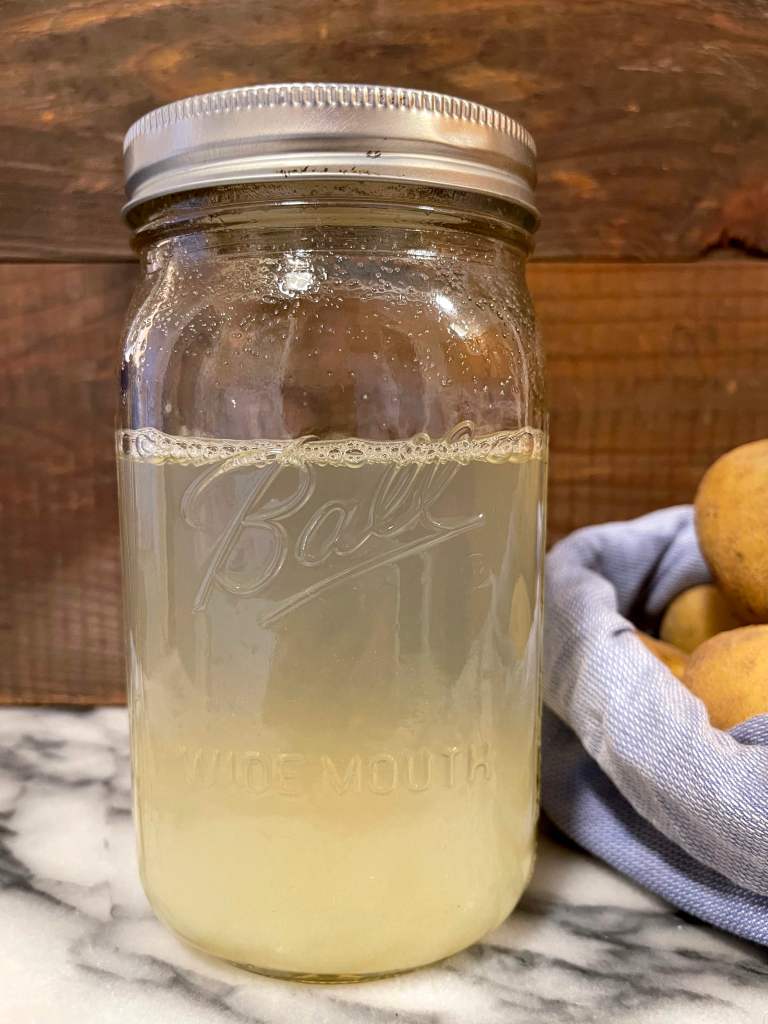
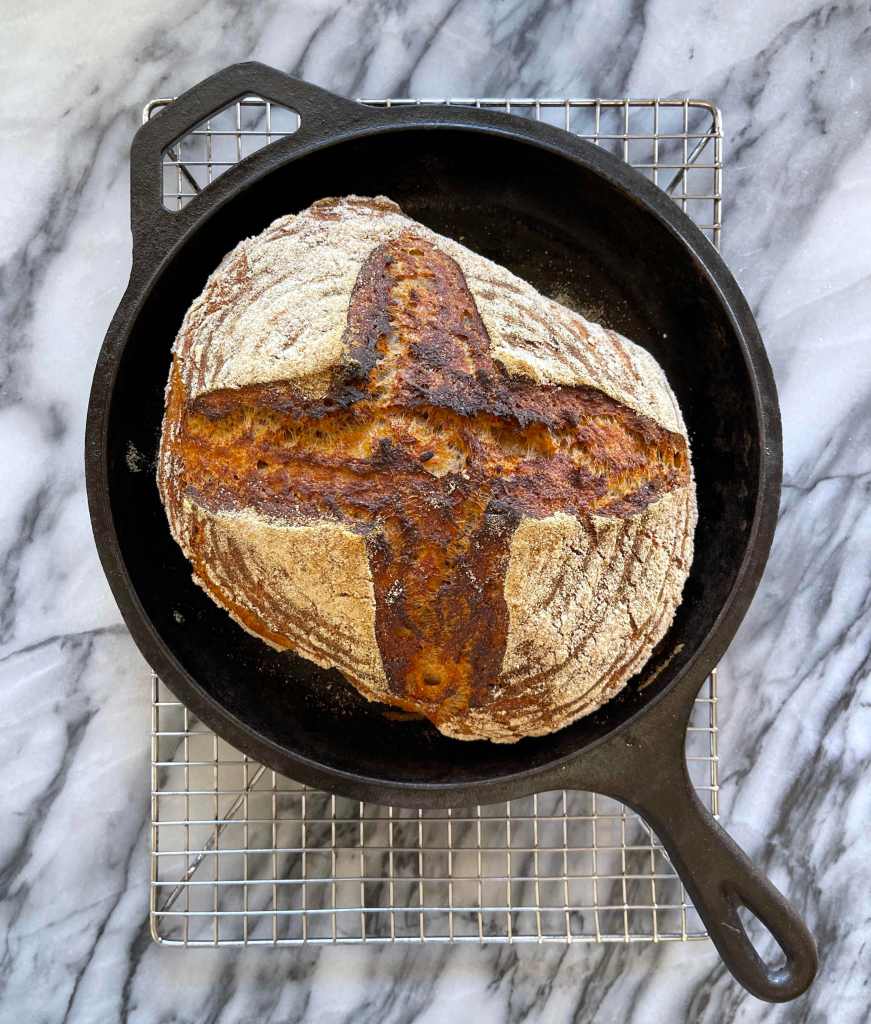
Vegetable cooking water
Do you steam spinach? Cook carrots? Boil beets? Save that flavor- and nutrient-infused water (or drink it). Add it to homemade vegetable broth or freeze it for later. Make borscht with beet water. I think that would go well in my chocolate cake also and will have to buy beets to try it.
People keep asking about the size of my freezer. Honestly, it’s just a standard size—for an American household (so fairly roomy). I quickly rotate the food out of there and so can easily manage the number of jars I’ve squirreled away.
Pasta water
Use it to cook more pasta or grains, thicken up soup or cook beans. Water-conservation also applies to gnocchi—a cross between potatoes and pasta. I like to cook my gnocchi in the same water that I boiled its potatoes in.
Juice squeezed from shredded vegetables
If you shred vegetables for recipes like quick breads or the vegetable pancakes in my cookbook, you’ll squeeze the excess liquid out of the shreds to reduce the amount of water in the batter. Save this and add it to your vegetable broth! Stash it away in the freezer if you don’t need it within the next several days.
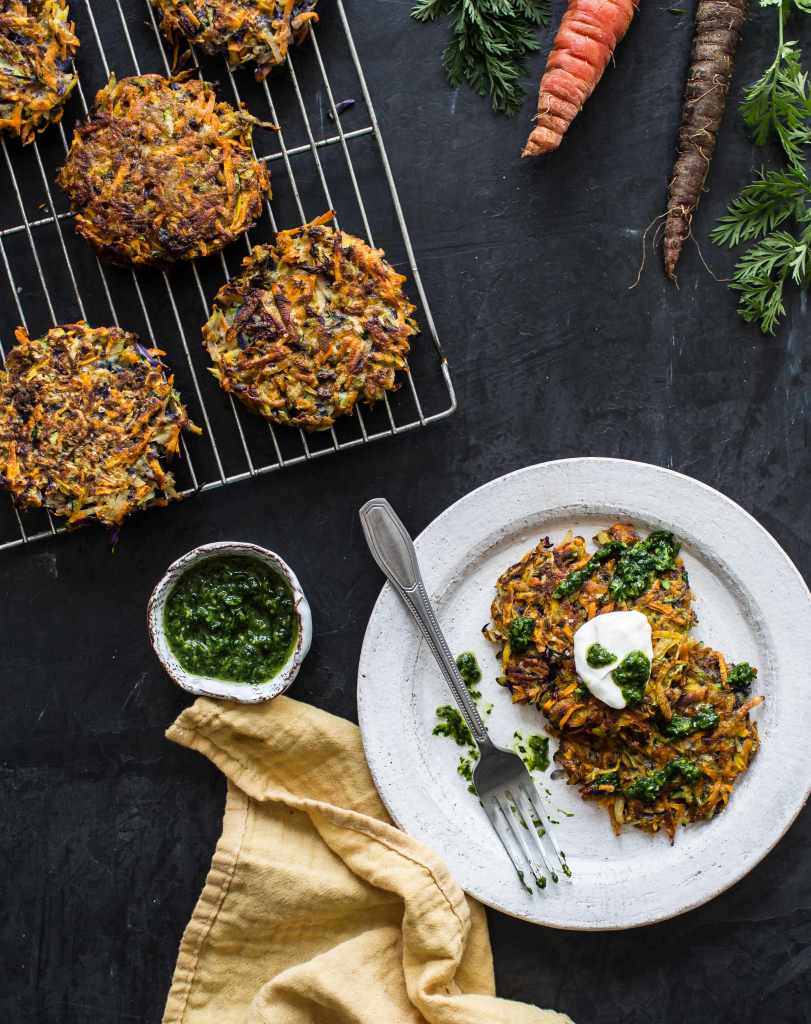
Brines
If you’ve run out of preserved lemons but still have the brine, hold onto that liquid gold! I use it to kickstart my cultured cashew cheese, to make salad dressing or to add to dips, salsas, soups and so on. (Find more ideas to use preserved lemons and the brine here.)
If you have fermented pickle brine on hand, you can use it similarly or make more pickles. Cut up some cucumbers and toss them in. My daughter Charlotte ferments jalapeños this way. Prevent wasted vegetables by preserving them in cultured brine you also rescued. You deserve a food waste-reducing badge!
Tea
If you have brewed tea that went undrunk, put it in the refrigerator. You now have iced tea. Or, if you have a SCOBY or know someone who will give you a piece, brew up a batch of kombucha. For booch, just be sure to use real tea—black, green, oolong, Puerh or white—and not herbal infusions.
You can also experiment with adding leftover tea to broths or thinning out sauces like stir-fry sauce that has thickened up a bit too much in the pan. You’re getting the hang of this and will think of something to do with it!
Charlotte’s Iced Tea
Ingredients
- 2 to 3 tablespoons loose-leaf black tea see Note
- 4 cups water plus more to dilute
- 2 to 4 tablespoons sugar or honey (optional) or to taste
- 2 tablespoons lemon juice (optional) 1 medium lemon
Instructions
- Place the tea leaves in one or two tea balls. Bring 4 cups of water to boil. Turn off the heat and place the tea balls in the pot.
- After 5 to 10 minutes, when the tea is much stronger than you would usually drink hot, remove the tea balls. If using, stir in your sweetener of choice until dissolved.
- Dilute the tea with 4 cups of cold water. Stir in lemon juice if desired.
- Using a funnel, pour the tea into a half-gallon jug or into a few bottles. Chill in the refrigerator before serving with ice cubes.
Notes
- If you prefer, brew decaffeinated tea or green tea or a combination of green and black tea.
- And now for your next recipe! Brew another pot of tea with the tea leaves but use half as much water. Let it sit for a few hours or until very strong.
Check out my award-winning cookbook!
- Taste Canada silver for single-subject cookbooks
- Second-place Gourmand cookbook award in the category of food waste
- Shortlisted for an award from the International Association of Culinary Professionals


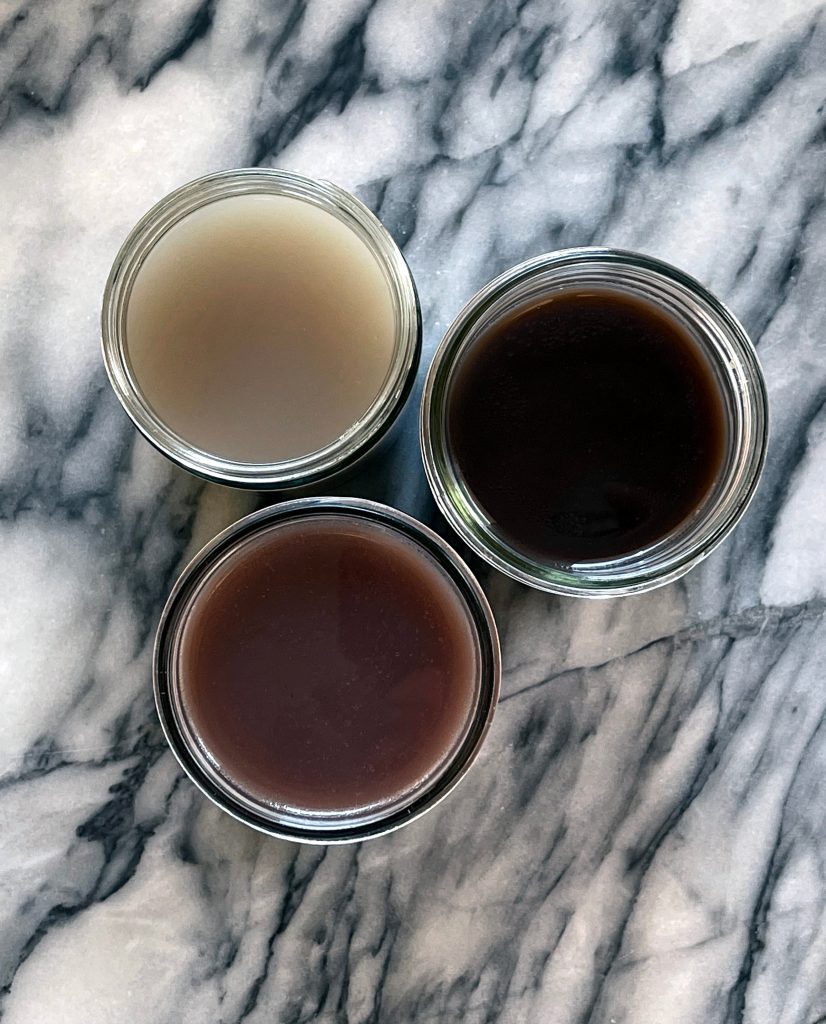

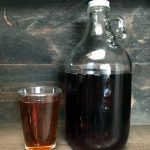

Great ideas! I must admit, it took me forever to figure out that the leftover morning coffee could bar tucked in the refrigerator for the next afternoon’s iced coffee pick me up!
Thank you for your info!
My first time preparing dry black beans, the broth tastes pretty fine, couldn’t see myself pouring it down the sink!
I’m always looking for sources of umami, living in a small town it’s hard to find on the shelf in the local grocery store.
My pleasure! Thank you for checking out the post. So many scraps have umami potential 🙂